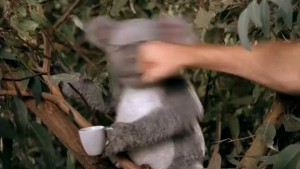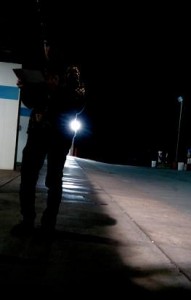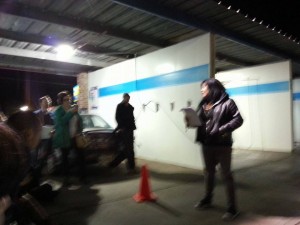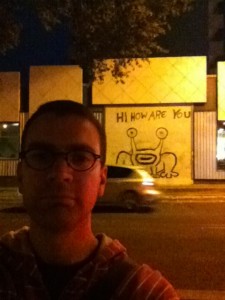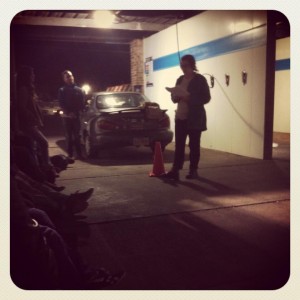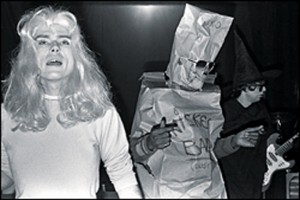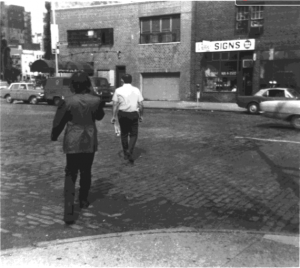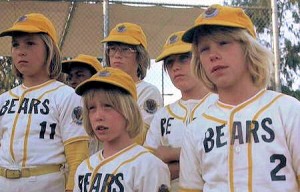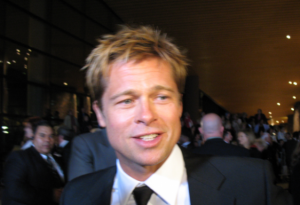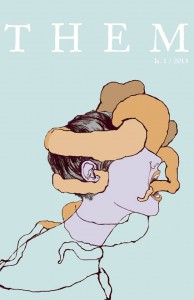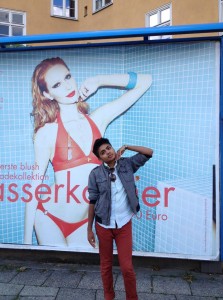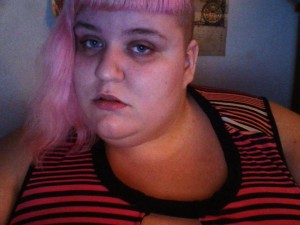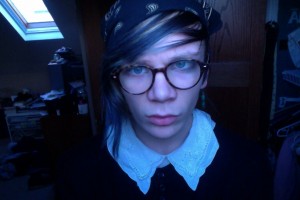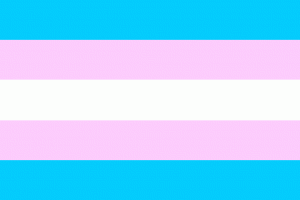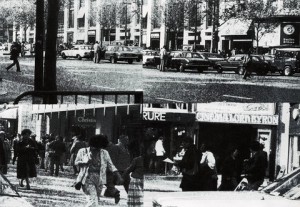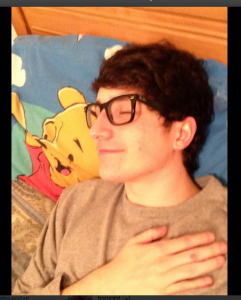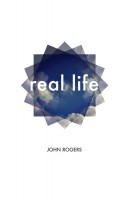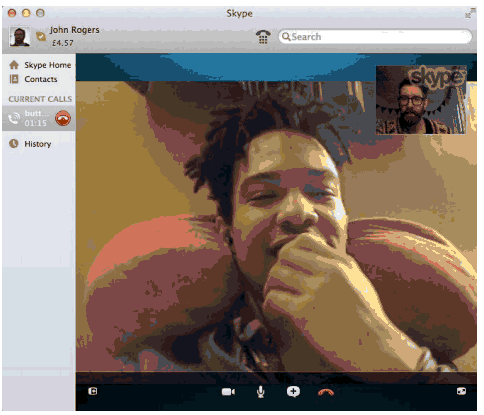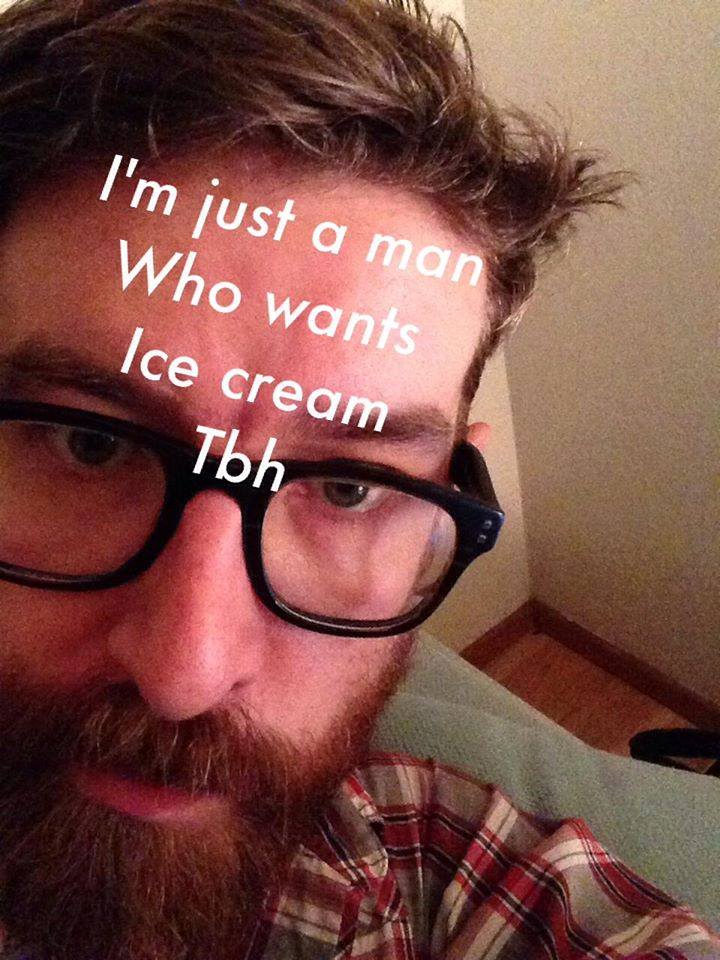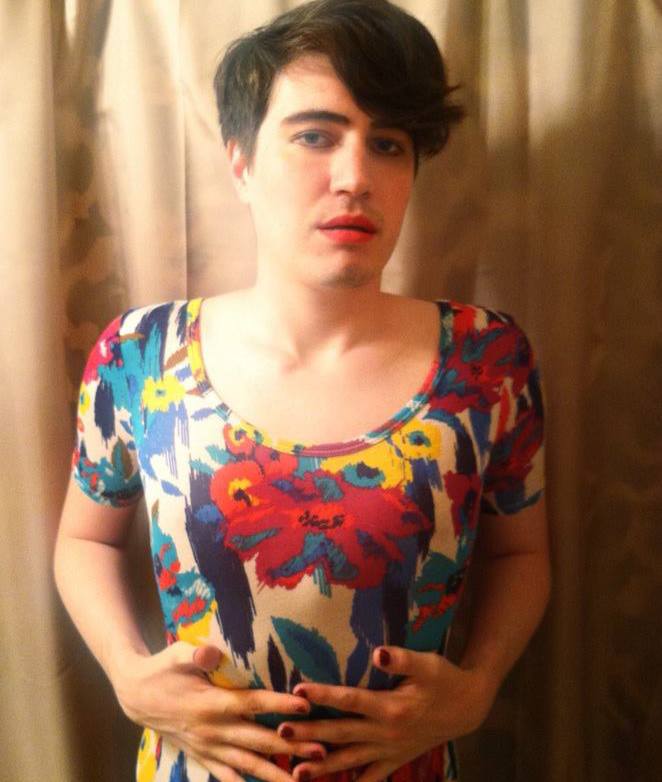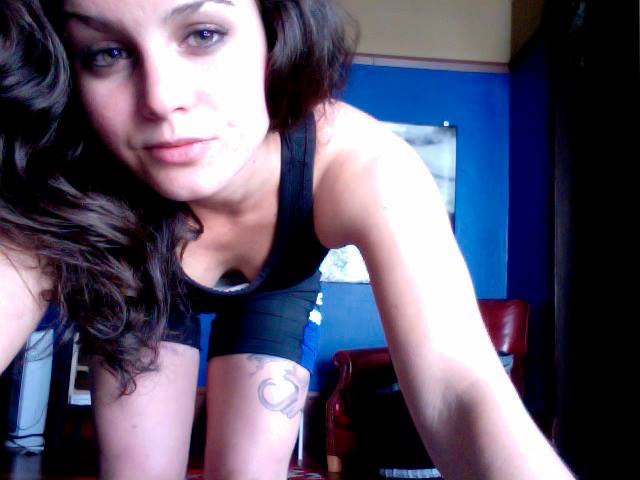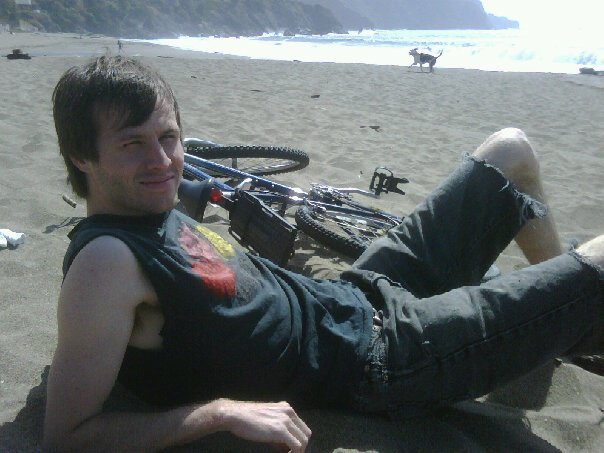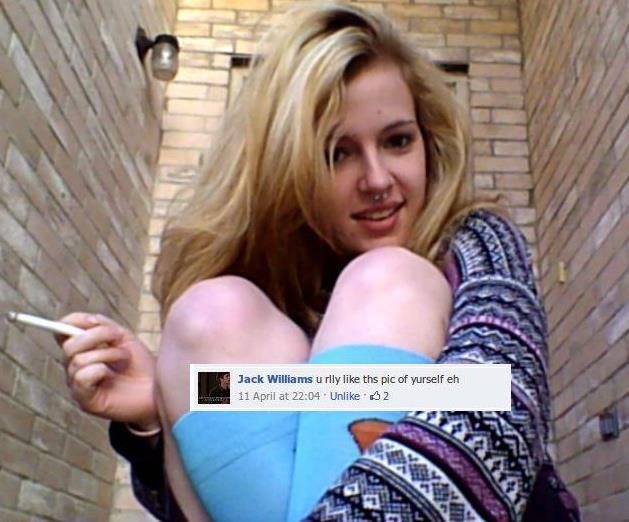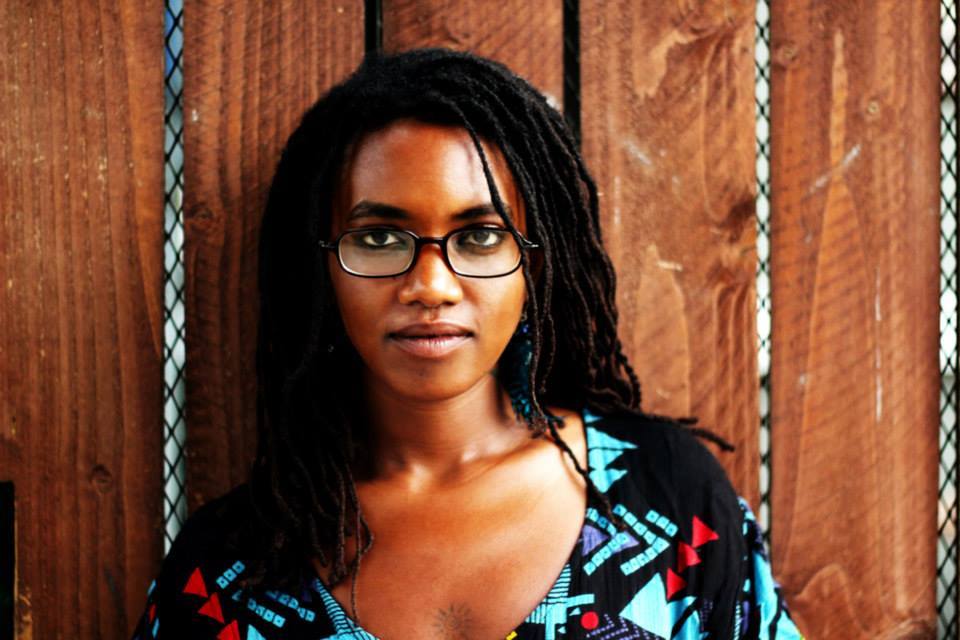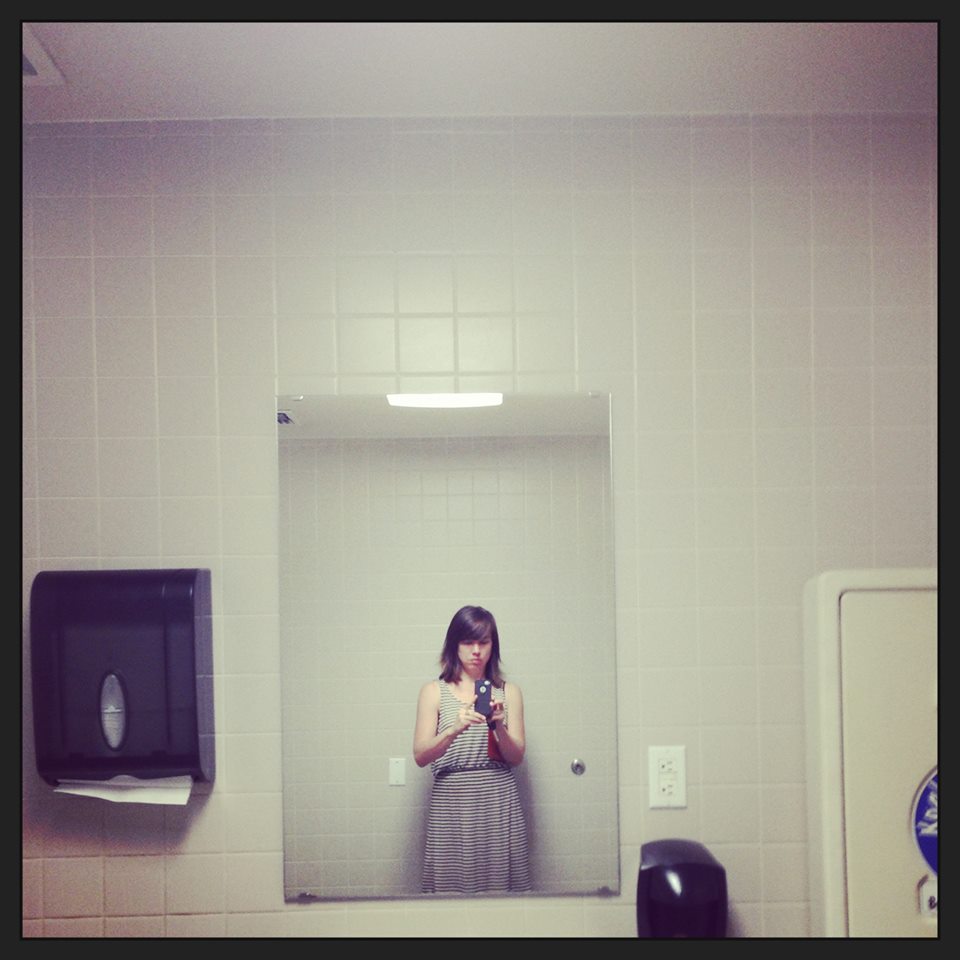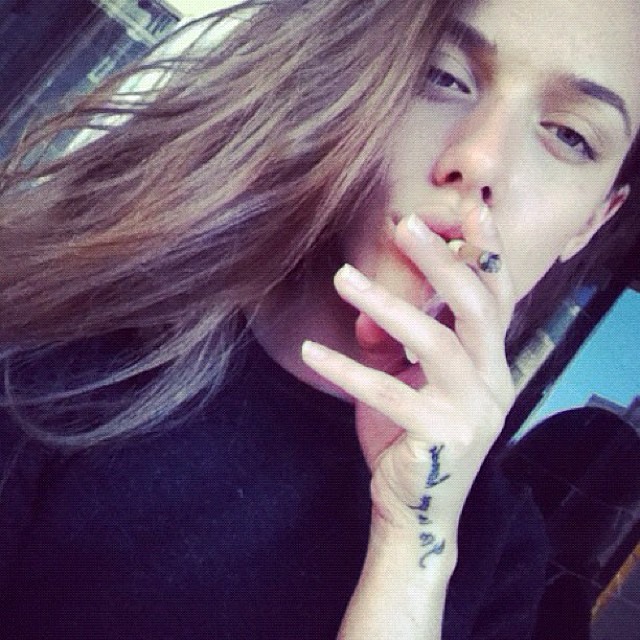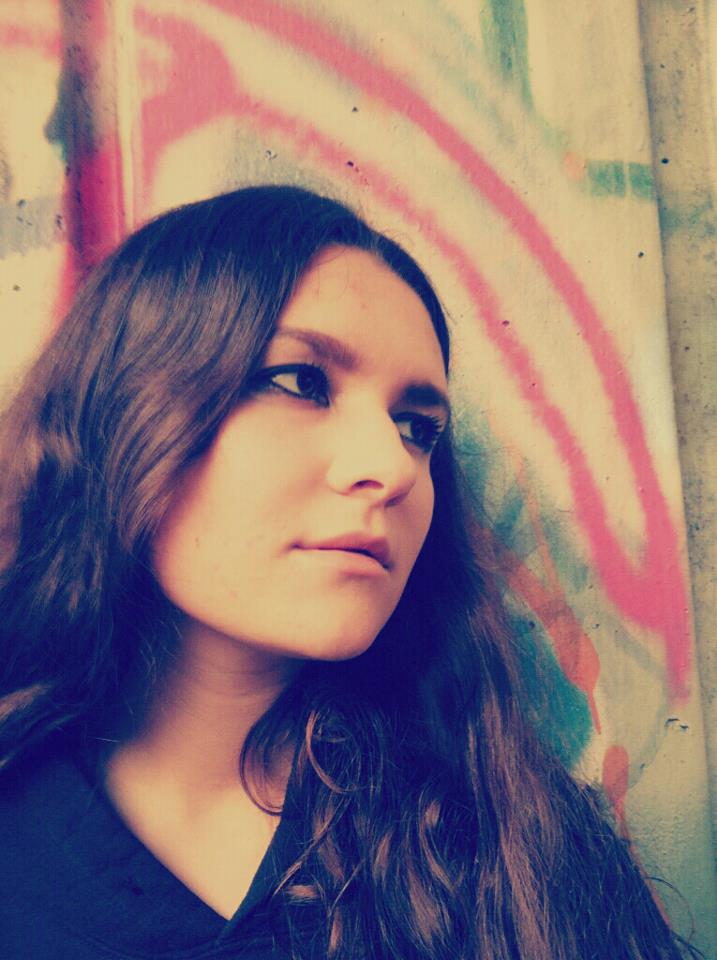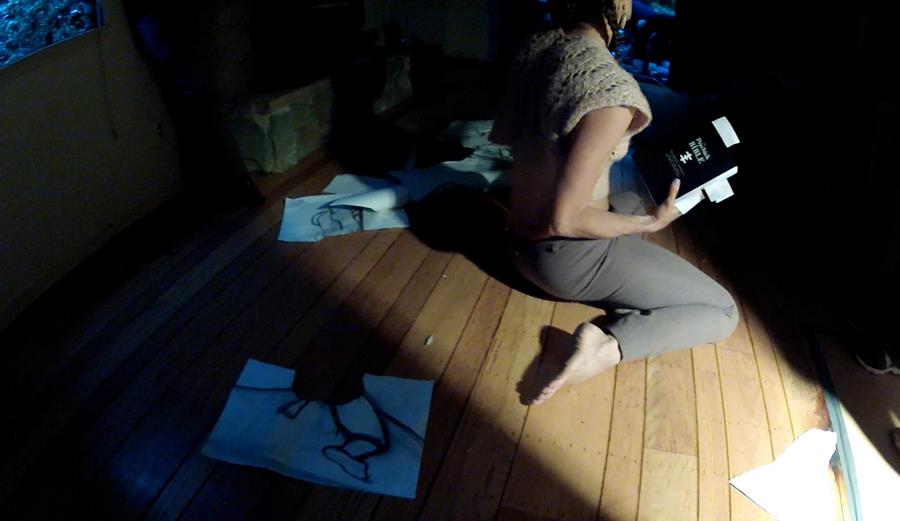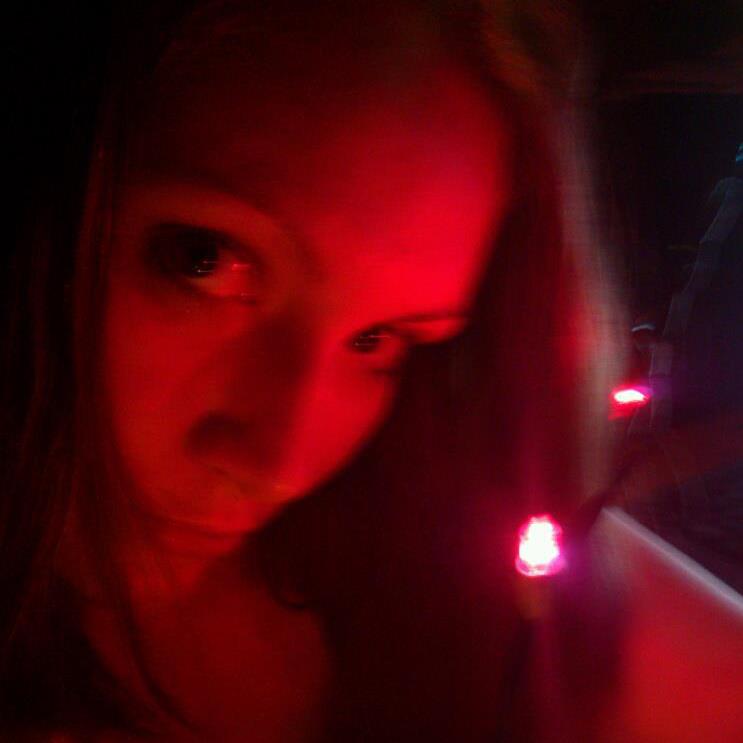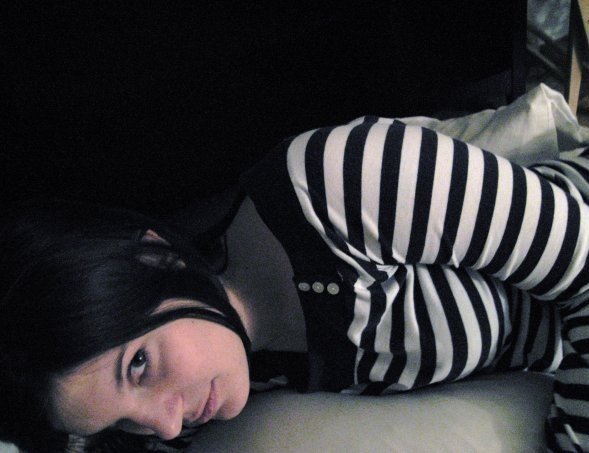I write small. When I set out to write something, I play a game. I think: what could make this simple thing complex? And so I give the writing a limit. I provide it with a constraint. For me, this slows things down. The slower I go, the more the writing grows. Until it is a big tied up thing.
I have been writing a novel, I think. Actually, I’m not sure what I’m writing, but whatever it is, it has become bigger than small. My novel is a story about a guy who receives a special commission by two thugs to write an opera. The thugs don’t know this but the guy they’ve appointed to eulogize their lives doesn’t know anything about opera. In fact, he doesn’t even know how to write. So, he does what any guy in my novel would do, if threatened by thugs to write an opera: he sloughs it off on his girlfriend.
A long time ago, before I ever dreamed of becoming a writer, I read. I read a lot. I still do, but not as much as I used to. One day, my girlfriend Christine gave me a book: Don Quixote: Which Was A Dream. I read the book and fell in love with the writer. Two summers passed when, while I was a student at University of California, Irvine, I learned that the writer of Don Quixote would be teaching a course at Naropa Institute (it hadn’t become a university yet). I took a bus.
Kathy and I soon became lovers. I was young, half her age, and scared. I told her that I was having trouble separating my image of her as a famous writer with the real-life her, the woman holding my hand. She didn’t say anything and, before she could, I threw her down on the ground and tried clumsily to put my mouth on hers. She laughed and let me.
Through Kathy I met all kinds of people. And I learned all kinds of stuff. But, I didn’t want to become a writer. I wanted something else. Revolution. I still want it. Now more than ever. Now, that it seems so completely out of reach. Here’s something: one evening in Los Angeles, Kathy and I went shopping on Melrose. Vivian Westwood had just opened a store there. Kathy took forever and I waited outside. When she was done, she had purchased three pair of underwear for approximately $500. On the drive home, I didn’t say anything. Kathy could tell I was pissed. We talked about the underwear and she called me a purist. Before we got out of the car, she let me destroy the pair she was wearing.
Sometimes, I still feel like I’m an anarchist. Although, I would say, proudly, that I am not a purist. I feel that paradox is inevitable in revolution–it makes things rich and complicated. If you want to know what I’m doing with my life, just ask. And if you wonder why I am feeling so reflective and slightly somber, well, for now, that will be my secret. I mean, what would writing–and a life–be without at least one?
My fuck list (this is only a partial list):
A D Jameson, Adam Fitzgerald, Adam Maynard, Adam Robinson, Alec Niedenthal, Alex Dimitrov, Alexis Scarghoul, Alissa Nutting, Alli Warren, Alyss Dixson, Amanda Deo, Amelia Gillis, Amelia Gray, Amy Gerstler, Amy Temple Harper, Amy Saul-Zerby, Amy Silbergeld, Ana Carrete, Andrea Kneeland, Andrew Kenower, Andrew James Weatherhead, Andy Touhy, Angela Shier, Anna March, Anne Lesley Selcer, Ariana Reines, Ashley Obscura, Beach Sloth, Ben Fama, Ben Brooks, Ben Mirov, Blake Butler, Bob Gluck, Brandon Brown, Brandon Hobson, Brooks Sterritt, Cameron Pierce, Carabella Sands, Carleen Tibbetts, Carolyn DeCarlo, Carrie Hunter, Cassandra Gillig, Cassandra Niki, Cassandra Troyan, Catherine Lacey, Cedar Sigo, Chad Redden, Chelsea Hodson, Chelsea Martin, Chloe Veylit, Chris Dankland, Chris Kraus, Christian Nagler, Christie Ann Reynolds, Christine Lee Zilka, Christopher Higgs, Claire Bargout, Codi Suzanne Oliver, Colleen McKee, Cory Zeller, Crispin Best, Cristine Brache, Daniel Levin Becker, Dave Shaw, David Fishkind, David Tomaloff, David Trinidad, Dennis Cooper, Derek Fenner, Diana Salier, Diane Marie, Dianna Dragonetti, Dodie Bellamy, Donna Laemmlen, Dorothea Lasky, Edward Mullany, Elaine Barry Kahn, Eileen Myles, Emily Louis Church, Emily Siegenthaler, Emji Spero, Eric Raymond, Eric Shonkwiler, Erica Eller, Erin Francisco, Ethel Rohan, Evan Karp, Frances Capell, Frank Hinton, Gabby Bess, Gabriel Blackwell, Gilbert Morgan, Guillaume Morissette, Hannah Lee, Heath Ison, Heiko Julien, Hunter Payne, Ibis Nixon, Ian Aleksander Adams, Ian Dick Jones, Ivy Johnson, Jacob Steinberg, Jackson Nieuwland, James Brubaker, James Ganas, James Tadd Adcox, James Yeh, Jamie Iredell, Janice Lee, Jarett Kobek, Jason Jimenez, Jason Teal, Jayinee Basu, Jereme Dean, Jeremy Hight, Jess Dutschmann, Jesse Prado, Jill Toma, Jimmy Chen, Joe Hall, John Ashbery, John Brnlv Rogers, John Mortara, Jordan Castro, Jos Charles, Joshua Mohr, Juliet Escoria, Justin Daughterty, Karen Biscopink, Kate Durbin, Kate Robinson, Kate Zambreno, Katherine Sullivan, Keegan Crawford, Kelly Egan, Ken Baumann, Kevin Killian, Kevin Sampsell, Laura Goldstein, Lauren Becker, Lauren Marie Grant, Lauren Traetto, Lazslo de Alcarey, Lily Hoang, Lindsay Allison Ruoff, Lindsey Bolt, Liza St James, Lizzy Yzzil, Lonely Christopher, Lorian Long, Lucy K. Shaw, Lucy Tiven, Luna Miguel, Lynn Melnick, Lynne Tillman, Mariah Krochmal, Mark Cugini, Mark Leidner, Masha Tupitsyn, Matias Viegener, Matt Bell, Matt Dennison, Matt Margo, Matt Sailor, Matthew Sherling, Matthew Simmons, Matthew Wilder, Meg Tuite, Maureen Blennerhassett, Megan Boyle, Megan Kaminski, Megan Lent, Meghan Lamb, Melissa Broder, Meta Knight, Michael Kimball, Michael Hessel-Mial, Michael J. Seidlinger, Mike W. Archibald, Mike Kitchell, Mike Young, Mira Gonzalez, Miranda July, Monica Mody, Moon Temple, Nate Waggoner, Nathan Keele Springer, Nathan Staplegun, Nick Antosca, Nick Rutkaus, Nick Sturm, Nicolle Elizabeth, Nicole McFeely, Noah Cicero, Paul Curran, Paula Bomer, Penina Roth, Penny Goring, PeterBD, Peter Sotos, Rachel Pattycake Bell, Rachel B. Glaser, Rachel Hyman, Rauan Klassnik, Ray Shea, Reynard Seifert, Richard Chiem, Riley Michael Parker, Rj Equality Ingram, Robert Duncan Gray, Robert James Russell, Rod Roland, Rose Tully, Ross Selavy Brighton, Roxane Gay, Russ Woods, Russell Jaffe, Sam Pink, Sarah Jean Alexander, Sarah Fran Wisby, Scott McClanahan, Sean Lovelace, Shane Jesse Christmass, Shane Jones, Shaun Gannon, Sheila Heti, Sian S. Rathore, Spencer Madsen, Stacey Teague, Stephen Michael McDowell, Stephen Tully Dierks, Steve Orth, Steve Roggenbuck, Stewart Home, Suzanne Scanlon, Tao Lin, Teresa Carmody, Thais Benoit, Theo Timo, Theron Jacobs, Thomas Patrick Levy, Tiffany Wines, Tom Comitta, Tracey Gonzalez, Tracey Knapp, Travis Jeppesen, Vanessa Place, Walter Mackey, Yedda Morrison, Zach Houston, Zachary German, Zack Haber, Zoe Tarr Duck
Credits: twitter: @PornEdits
where you can find me: twitter: @janeysmithkills & kottonkandyklouds.tumblr.com






